or
How a Viewpoint TC325 gets a new and useful life!
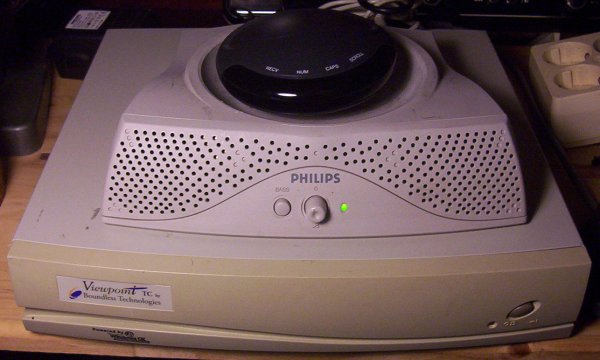

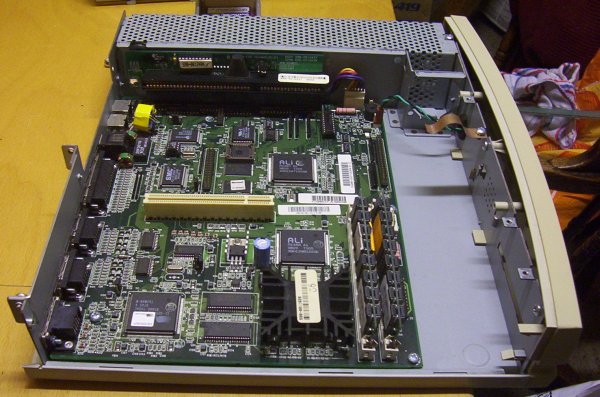 TC325 internals. Note: already upgraded with 2x32MB memory. I put compressed MIDI files on the DiskOnChip, and unzip them to a RAMdisk for playing. On top see the ISA risercard. The DOC is on the back. You need a lower profile DOC to fit. a 72MB I have does not fit! |
 |
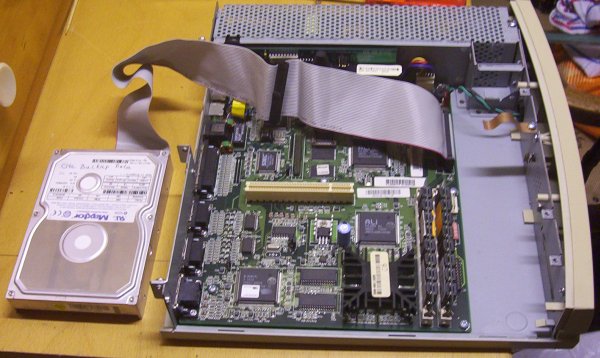 Connected hard disk, to prepare for reprogramming the DOC. Note that the connector has all forty pins, so look for an IDE cable without the pinlock (closed hole), and check that the red wire is at pin 1 of the connector... |
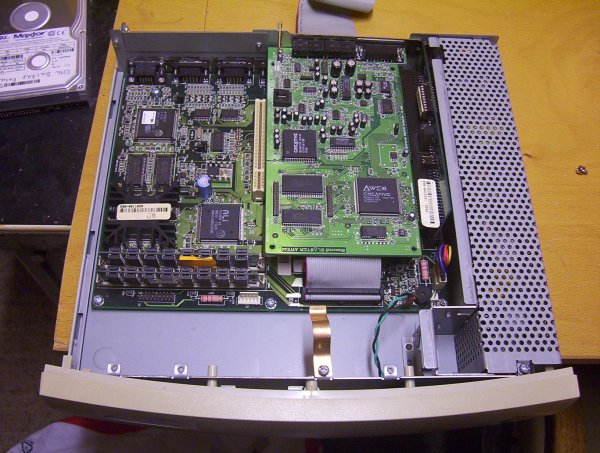 |
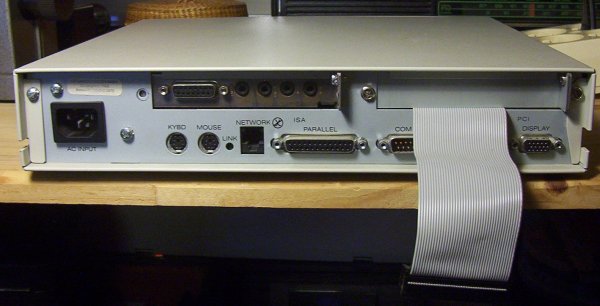 |
 |
| later: I just recovered from my 'multimedia scrapbox' an ABIT remote control
for WINDVD. This is a piggyback for the keyboard plug. It generates a
few escape sequences, the numbers 0-9, the <esc>,
space,<enter>
, and several letters. This allows me to start an infinity
of batch files from the remote itself. I also found a set of
high-quality old Korg speakers allowing direct drive from the SB16's
speaker port. After some experimenting i have now a very small remote control for the box using batchfiles 1.bat -99.bat, viz: 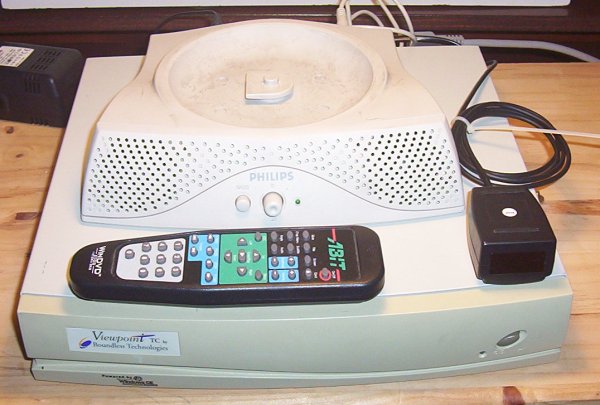 |